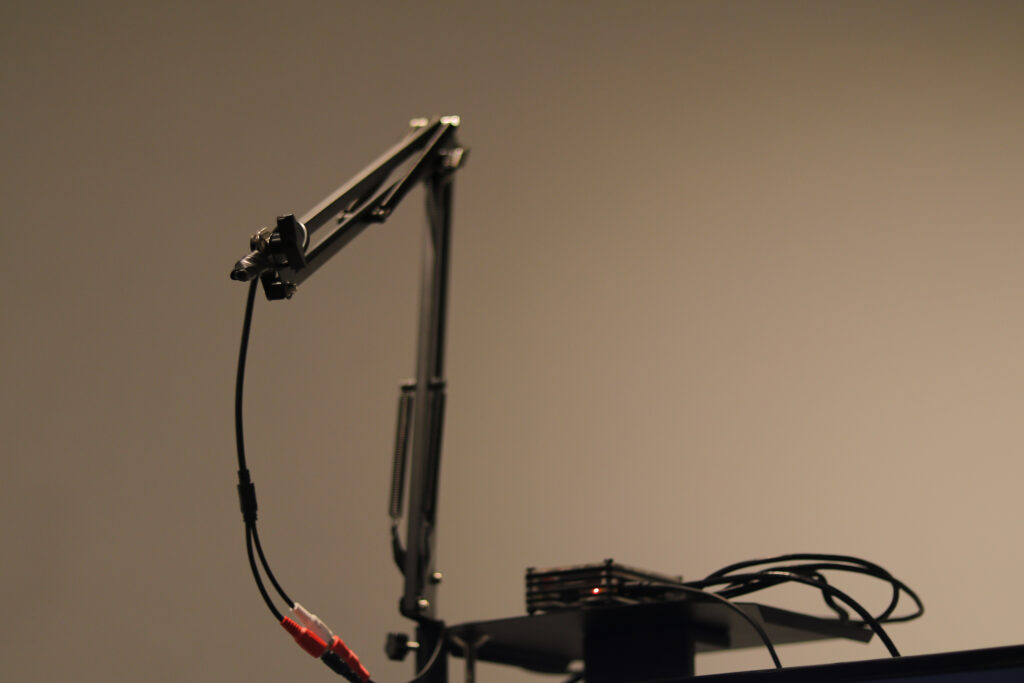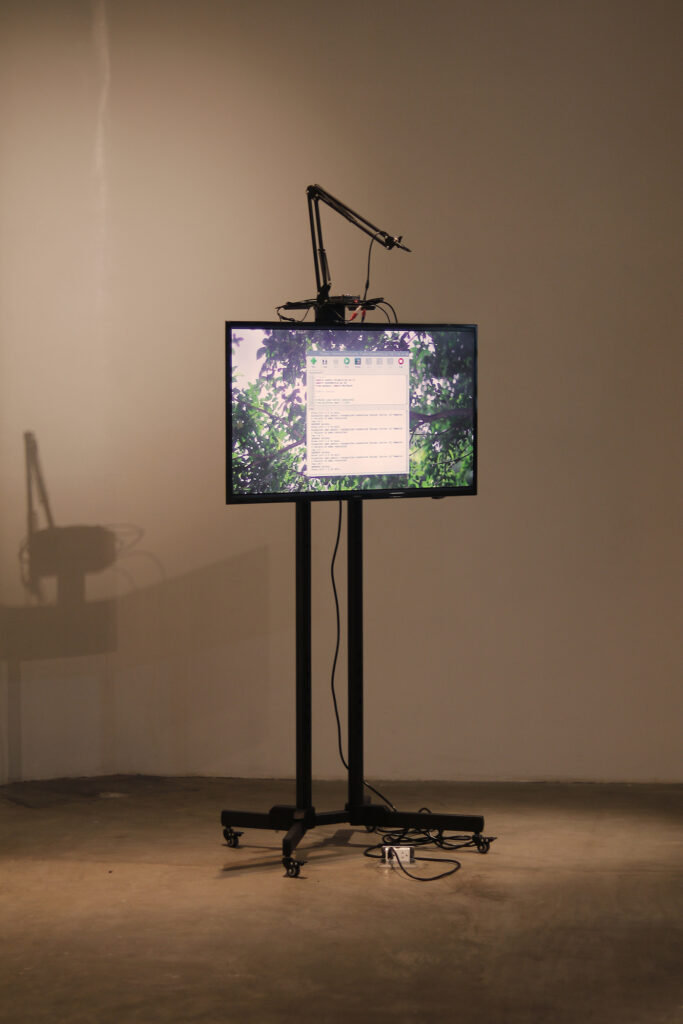Serpent
I’m finding it hard to believe
curated by Gary-Ross Pastrana
An effective magic trick often operates on contradictory principles; that which is revealed must also conceal. The apparition or vanishing of an object, of a body, of an image must render the process of its appearance or disappearance imperceptible. So much of what is called magic relies on the hand rapidly moving into various states of articulation, and so much of what is experienced as magical involves the confusion of the eye through an alteration of perspective.
The notion of magic, diffused across popular culture, is an aggregate of concepts and techniques hewn from interrelated practices and modes of thinking. The term functions as a category in which ideas of the divine and the occult, of charlatans and soothsayers, of the emancipation of or from the human body, and of the pleasurable deceit of illusion are forced into confrontation and allowed to play off one another. [title] draws from this confluence of concepts and explores potential intersections between the processes involved in the generation of magic and artistic practice.
I’m finding it hard to believe is the latest iteration in a series of curatorial initiatives by Gary-Ross Pastrana. Previous versions of this extended project were formulated alongside in-person discussions, field trips, and site visits. The current exhibition presents a collection of projects resulting from a weekly online seminar – which began in early March – that was devised to explore how popular conceptions of magic could be used as a prompt for new artistic inquiries. Over the course of months of research, participants encountered magic in various registers and contexts, ranging from the historic feats of figures such as Harry Houdini and Georges Méliès, the trade of snake charmers and false mediums, the realm of witchcraft and alchemy, to the tangential fields of transmutation, data mining, the purpose of the ritual, and the possibility of raising the dead.
A close analysis of how magic functions — and the functions of magic – gave rise to an evaluation of various modes of perception. Magical thinking, for instance, depends on multiple forms of relation; one side of magical thought faces superstition and can be understood alongside the rise of innumerable conspiracy theories on the internet, which exploit people’s tendency to recognize outlines of patterns from a flurry of information. Evaluating how a trick works allows one to detect how information is organized, manipulated, and directed, how an audience tends toward the acceptance of certain truths, how people appear to contend with complexity or ascribe meaning to mystery.
Discussions led to another vector of magic, which concerns how the magician relates to an audience. Magic is a negotiation of objects and appearances that occurs within a designated space and varies in terms of scale, and the enactment of the trick largely depends on who is watching. A performance occurs on the stage or the street, tends toward spectacle or smallness, aims for escape or enquiry. These variables were considered alongside their analogues in the artistic practice of each participant. If the magician and the artist work within or against similar parameters, how can the navigate these modes of relation? What is the venue of one’s art practice? For whom does the artist perform? What kind of performances are activated by one’s engagement?
The works in this exhibition are joined under the conceit of magic, all oriented toward examining points of convergence between magic and art-making, emphasizing parallels between the artist and the magician, utilizing strategies vital to the execution of any successful magic trick. The magician must exercise control over concealment and disclosure and maintain a heightened awareness of the audience and their vantage point for a trick to work; a mistimed movement or misplaced prop is tantamount to failure. Magic is lost when the veil is unintentionally lifted, when the inner workings of the trick are prematurely brought to light. It would seem, then, that the artist works within or around similar conditions; the artist plays in front of and with the audience, performing a balancing act, vacillating from concealment to revelation.
Gary-Ross Pastrana / Itos Ledesma


Artist’s notes:
Serpent references the creature from the book of Genesis which told Adam and Eve to eat the forbidden fruit of the tree of knowledge of good and evil. The Serpent is a computer program that uses a microphone and translates and converts any audible word it detects to written text. The text is collected and sorted into different excel files (one file for every hundred words/phrases to make it more manageable for the small computer’s hardware) where it is stored in the computer’s hard drive. The computer program’s code and chain of executed commands are displayed on screen and anyone will see and learn how it works.
Copyright © 2023. Miguel Lorenzo Uy
